Hello Sebastian,
I've been contemplating your plan for a few days now and
have a possible path for you that would give you a great starting point
into synth exploration. My feeling is that a few desktop synths would
provide a very affordable, feature packed solution to getting into eurorack.
Here's an example:
Roland SE-02 Analog Synthesizer Module
Arturia DrumBrute Analog Drum Machine (Standard Edition because it has more eurorack compatible outputs)
These two desktop units would basically do more than the rack you've designed for less than a grand.
You'd have Oscillators, LFO's, Filters, Mixers, Sequencers and, importantly, inputs and outputs.
They both would play really well with a eurorack setup. If you play keyboard, throw in a controller keyboard and
you'd be good to go.
Search for "semi modular desktop synth" and you'll find dozens of options like this.
Anyway, it's one way to go.
At the least, study the flow of these desktop units it'll give you ideas for building a eurorack.
Good Luck!







